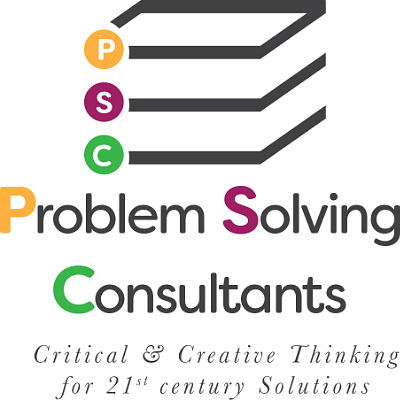How many of us have thought dark thoughts that first morning we’ve had to go back to the office after spending however long on a great vacation? It can be overwhelming facing the tasks, the emails that need to be answered, the phone calls to be returned and the mail stacked at least 2 feet high on our desk. This is especially true for leaders, managers and supervisors. It’s almost enough to make us turn off the alarm, pull the covers back over our heads and call in sick. But we don’t.
How best to ease back into the routine? Here are a few suggestions.
Get in early. If it’s possible, try to get in early on your first day back. It can be tempting to stay in vacation mode but this is one day that you have to be on your game from the very start. Why go in early? Believe it or not, the peace and quiet of the early start gives you some valuable time in order to get back into work mode.
If you’re not alone in the office when you get in, resist the urge to start telling folks how great your vacation was. That chat can wait for a coffee break or even lunch. Phone calls welcoming you back need to be kept to a minimum. Politely let the caller know that it’s your first day back and you’re swamped. Try to set a time when the call and conversation will be convenient for both of you.
Set priorities. Once back at the office you’ll need to establish what tasks need done right now and what can wait. [Here’s a hint – the social networking emails can wait. As a matter of fact, those emails need to be done on your time, not company time.] What’s the most important task to get done the first day back? How soon is it due? Each task gets looked at to get the due date and what’s needed to accomplish the task. If you need to assign work to the folks you supervise, make sure you’re aware of their schedules.
If problems arose while you were gone, take time to talk to the individual who handled the problem in your absence. You’re going to need that person’s input before making any additional decisions on the matter. Whatever you do, try not to critique their handling of the situation. They’re not you – they’re not going to do things exactly the way you would. If additional action is needed to address the problem fully, initiate that action as soon as possible. Thank the individual for covering in your absence. A little good will goes a long, long way.
Accept the fact that you’re going to be wishing you were still on vacation but expend the time and effort to stay on task. It sets a good example for others and lets them know you’re back and in control.
Before you go on vacation, don’t schedule that performance appraisal with the difficult employee for the first day you’re back. Give yourself a day or two to get back fully into work mode. If it’s your practice to have unit meetings, staff meetings, group meetings, or whatever you call them, schedule that meeting for a day or two after your return. Why? It gives you some time to get a sense of what has happened in your absence and to be fully prepared for the meeting.
Just some thoughts and ideas that may make the return to work a bit easier. Glad you’re back at work and here’s hoping the next vacation is just as much fun.
